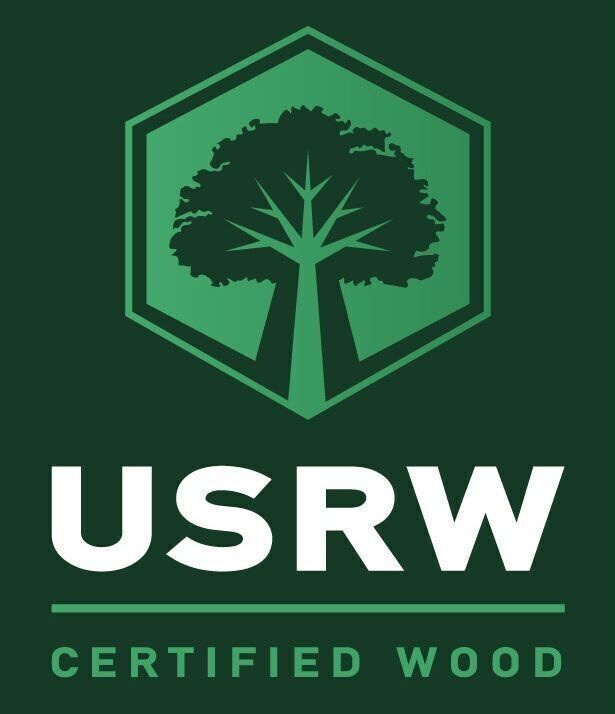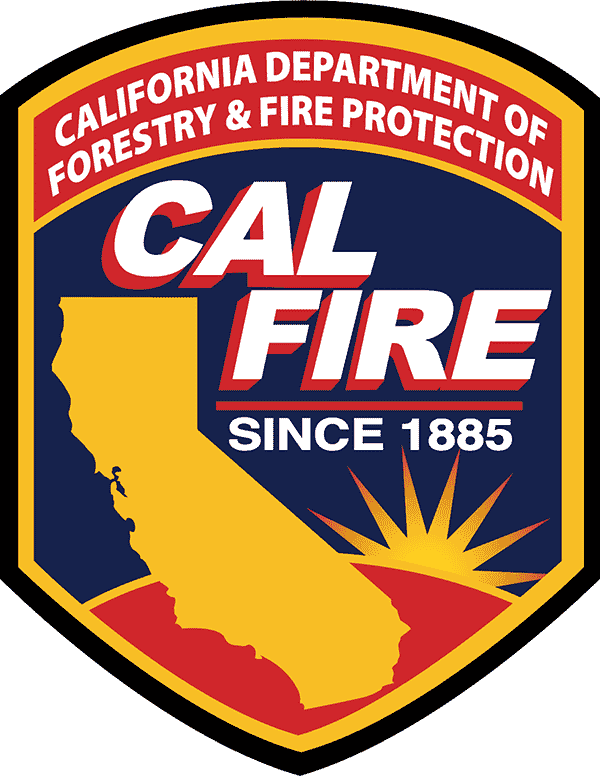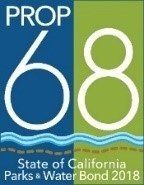Terms and Definitions
-
Salvaged Tree
trees that have been damaged by wildfire, flood, severe wind, disease, insect infestation, or other disturbance. These trees may or may not have come from an urban forest. Many times these trees come from more rural areas or transportation routes. It could be from trees that are dead, have fallen or need to be removed for some reason, such as fire prevention thinning, levy improvement projects, orchard removal, or new construction, etc. For example, trees are often removed to build a highway, protect a highway, or to construct new housing. (For the purposes of the standards, these were trees that were not harvested for their timber value.)
-
Salvaged Wood
Wood products from salvage trees.
-
Sawmill
a facility where logs are cut into lumber; can include a portable sawmill.
-
Sawyer
A person who saws logs into lumber.
-
Small End Diameter (SED)
The measurement of the diameter of the small end of a tree inside the bark and its tapered shape retained. This measurement is done when the tree is no longer standing. In the case of urban logging where limb branching may be preserved as part of the log length, small end diameter may be represented by the best estimation of the smallest inside-the-bark diameter below the limb flare.
-
SKU
stock-keeping unit; a unique identification, usually alphanumeric, of a particular product that allows it to be tracked for inventory purposes
-
Species Replacement Plan
A plan for replacing trees with the correct tree as per local tree experts in an urban environment after they have been removed. (See Appendix C for a list of criteria for selecting the correct tree. Including https://selectree.calpoly.edu/ )
-
Stakeholder
Any member of the USRW, group, community or organization with an interest in the subject of the standard.
